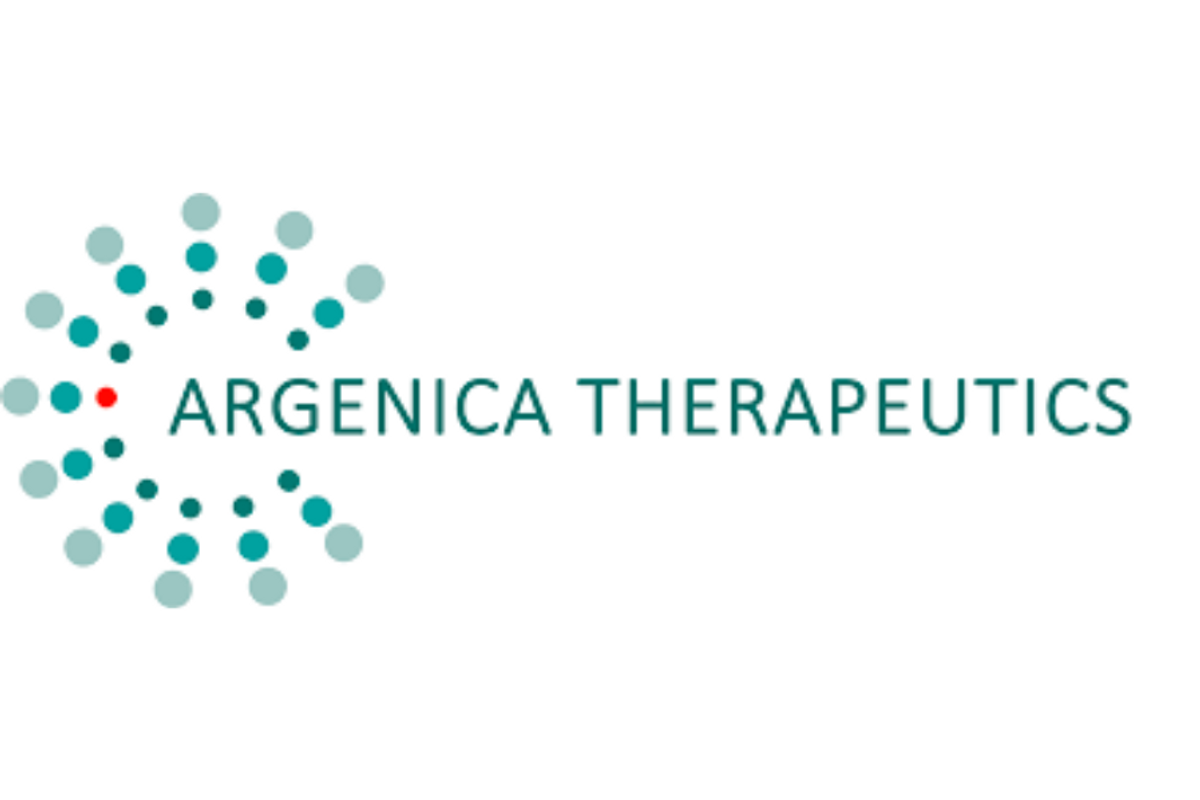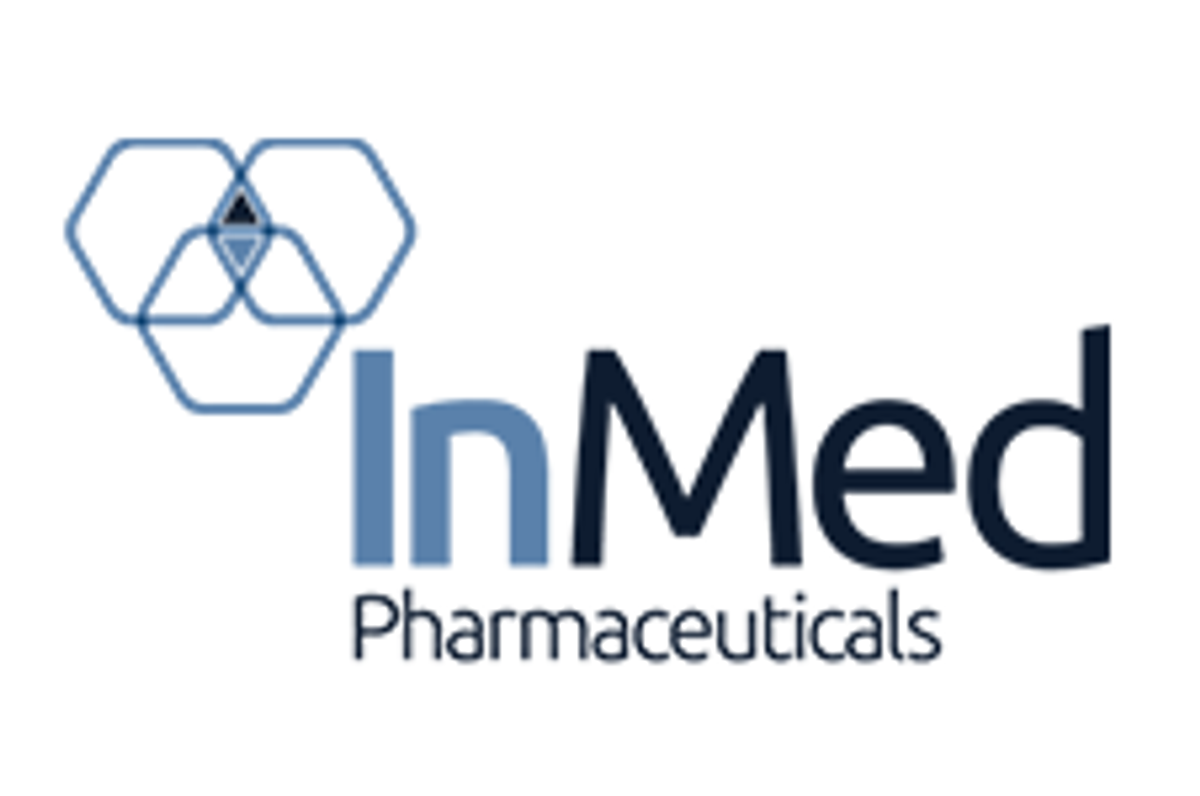
February 08, 2023
Argenica Therapeutics Limited (ASX: AGN) (“Argenica” or the “Company”), a biotechnology company developing novel therapeutics to reduce brain tissue death after brain injury, is pleased to announce positive initial preclinical data on ARG- 007’s ability to inhibit human recombinant Amyloid-Beta (Abeta) aggregation in a preclinical (in vitro) model of Alzheimer’s Disease. Abeta aggregation is thought to be one of the main causes of Alzheimer’s Disease, with the Abeta accumulation in senile plaques causing memory loss and confusion.1
Highlights:
- Preclinical data has shown ARG-007 significantly inhibited the aggregation of human recombinant Amyloid-Beta (Abeta) in a cell-free Abeta aggregation assay model.
- Abeta aggregation is thought to be one of the main causes of Alzheimer’s Disease, with the Abeta accumulation in senile plaques causing memory loss and confusion.
- At 16 hours following ARG-007 administration, a 25 µM dose of ARG-007 reduced Abeta aggregation by more than 50% compared to vehicle controls.
- Argenica will now progress to animal studies to further confirm the efficacy of ARG-007 in Alzheimer’s Disease and will update the market as milestones are meet.
- The global Alzheimer's therapeutics market size was valued at USD4.04 billion in 2021 and is expected to expand at a compound annual growth rate (CAGR) of 16.2% from 2022 to 2030.
Argenica engaged leading preclinical Contract Research Organisation QPS, based in Austria, to undertake the study. The aim of the study was to determine the effects of ARG-007 in comparison to controls in inhibiting human recombinant Abeta aggregation using the cell- free Abeta aggregation assay.
In this study, three concentrations of ARG-007 were used to determine the drug’s efficacy in inhibiting human recombinant Abeta aggregation – 2.5 µM, 7.5 µM and 25 µM. Abeta aggregation was assessed at 4 hours, 10 hours and 16 hours post administration of ARG-007. The results of this study show ARG-007 has a positive effect in inhibiting Abeta aggregation at the 10 hour and 16 hour post administration time points, compared to the vehicle controls. At the 16-hour time point, when Abeta had reached maximum aggregation, all three concentrations of ARG-007 showed a large significant reduction in Abeta aggregation compared to the control, with the 25 µM showing a greater than 50% reduction in Abeta aggregation, as shown in the graph below:
Concentration of ARG-007
Figure 1. An assessment of the extent of Abeta aggregation inhibition at Abeta plateau, 16 hours after the administration of ARG-007, at three different concentrations of the drug, 2.5 µM, 7.5 µM and 25 µM. Data are shown as % of vehicle control (VC) and displayed as bar graphs with group means +SEM (n=4 per group). Statistical analysis involved a two-tailed ANOVA followed by Bonferroni’s Multiple comparison Test (post hoc test) compared to VC *p<0.05; **p<0.01; ***p<0.001.
This in vitro (in petri dish) cell-free Abeta aggregation assay model provides important insights into the pathogenesis of Alzheimer’s Disease by simulating the disease in a less complex environment compared to in vivo (in living organism) systems. It provides preliminary information on mechanisms and possible protective roles of ARG-007 in Alzheimer’s Disease.
Dr Liz Dallimore, Argenica’s Managing Director, said “This is extremely encouraging data showing a potential new indication for ARG-007. It is well recognised that Abeta aggregation in the brain plays a key role in initiating Alzheimer’s Disease, and therefore a safe therapeutic drug that can reduce Abeta aggregation is a huge opportunity. We look forward to continuing to progress this exciting opportunity into further animal studies.”
Click here for the full ASX Release
This article includes content from Argenica Therapeutics Limited, licensed for the purpose of publishing on Investing News Australia. This article does not constitute financial product advice. It is your responsibility to perform proper due diligence before acting upon any information provided here. Please refer to our full disclaimer here.
The Conversation (0)
23h
InMed Announces Results of 2025 Annual General and Special Meeting
InMed Pharmaceuticals Inc. (NASDAQ: INM) ("InMed" or the "Company"), a pharmaceutical company focused on developing a pipeline of proprietary small molecule drug candidates for diseases with high unmet medical needs, today confirmed that, at its annual general and special meeting of shareholders... Keep Reading...
12 December
InMed Provides Update on BayMedica Commercial Business
InMed Pharmaceuticals Inc. (NASDAQ: INM) ("InMed" or the "Company"), a pharmaceutical company focused on developing a pipeline of proprietary small molecule drug candidates for diseases with high unmet medical needs, today released the following statement.Recently, H.R. 5371, the "Continuing... Keep Reading...
09 December
Invion Advances Global Strategy With New Licencing Agreement
Invion (ASX:IVX) has taken a major step forward with a new global licencing agreement that streamlines its rights across key cancer and infectious disease programs. The move gives the company a clearer path to advance its Photosoft technology, expand market opportunities and strengthen... Keep Reading...
27 November
5 Biggest Pharmaceutical ETFs in 2025
The global pharmaceutical market is set to surpass a total value of US$1.75 trillion by the end of the decade, according to Evaluate Pharma.Experienced and novice investors alike may want to consider pharmaceutical exchange-traded funds (ETFs) as a way to gain exposure to the top pharma... Keep Reading...
18 November
InMed Announces Successful Completion of Pharmacokinetic Studies in Large Animal Model for Its Alzheimer's Disease Candidate INM-901
Data demonstrate a favorable bioavailability profile of INM-901 oral formulationData will support design and planning of first in human clinical trialsPreparing for pre-IND meeting with the FDA InMed Pharmaceuticals Inc. (NASDAQ: INM) ("InMed" or the "Company"), a pharmaceutical company... Keep Reading...
Latest News
Interactive Chart
Latest Press Releases
Related News
TOP STOCKS
American Battery4.030.24
Aion Therapeutic0.10-0.01
Cybin Corp2.140.00



